Supportive Regulatory Environment
The Oscillating Positive Expiratory Pressure (OPEP) Device Market is positively influenced by a supportive regulatory environment that encourages innovation and market entry. Regulatory bodies are increasingly recognizing the importance of respiratory devices in improving patient outcomes, leading to streamlined approval processes for new products. This supportive framework not only fosters competition but also incentivizes manufacturers to invest in research and development. As a result, the market is likely to witness a proliferation of new OPEP devices that cater to diverse patient needs. Furthermore, favorable reimbursement policies are expected to enhance market growth by making these devices more accessible to patients. This regulatory support is crucial for sustaining the momentum of the OPEP device market in the coming years.
Shift Towards Home Healthcare Solutions
The Oscillating Positive Expiratory Pressure (OPEP) Device Market is experiencing a notable shift towards home healthcare solutions. As healthcare systems evolve, there is a growing emphasis on providing care in the comfort of patients' homes. OPEP devices are particularly well-suited for home use, as they are designed to be user-friendly and require minimal supervision. This trend is further supported by the increasing aging population, which often prefers home-based care to hospital visits. Market analysis indicates that the home healthcare segment is expected to account for a substantial share of the OPEP device market, driven by the convenience and cost-effectiveness of at-home treatments. This shift not only enhances patient satisfaction but also alleviates pressure on healthcare facilities.
Increased Awareness of Respiratory Health
The Oscillating Positive Expiratory Pressure (OPEP) Device Market is benefiting from a heightened awareness of respiratory health among the general population. Educational campaigns and public health initiatives are playing a pivotal role in informing individuals about the importance of respiratory care and the available treatment options. As awareness grows, more patients are seeking proactive measures to manage their respiratory conditions, leading to an uptick in OPEP device usage. This trend is particularly evident in regions where respiratory diseases are prevalent, as patients become more informed about the benefits of OPEP therapy. Consequently, the market is likely to see a steady increase in demand as individuals prioritize their respiratory health and seek effective management solutions.
Rising Incidence of Respiratory Disorders
The increasing prevalence of respiratory disorders is a critical driver for the Oscillating Positive Expiratory Pressure (OPEP) Device Market. Conditions such as chronic obstructive pulmonary disease (COPD), asthma, and bronchiectasis are becoming more common, necessitating effective management solutions. According to recent health statistics, respiratory diseases account for a significant percentage of global morbidity and mortality, prompting healthcare providers to seek innovative treatment options. The demand for OPEP devices is expected to rise as they are recognized for their role in improving lung function and facilitating mucus clearance. This growing need for effective respiratory care solutions is likely to propel the market forward, with an anticipated increase in device adoption among both healthcare professionals and patients.
Technological Innovations in OPEP Devices
The Oscillating Positive Expiratory Pressure (OPEP) Device Market is witnessing a surge in technological innovations that enhance device efficacy and user experience. Recent advancements include the integration of smart technology, allowing for real-time monitoring and data collection. These innovations not only improve patient compliance but also facilitate personalized treatment plans. The introduction of portable and user-friendly designs has expanded the market reach, making OPEP devices more accessible to patients. As a result, the market is projected to grow at a compound annual growth rate (CAGR) of approximately 7% over the next five years, driven by these technological enhancements. Furthermore, the development of devices that can be used in conjunction with mobile applications is likely to attract a younger demographic, thereby broadening the consumer base.


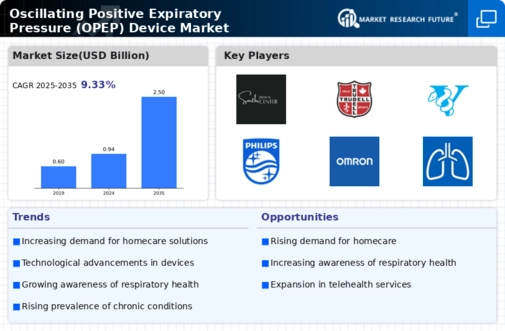
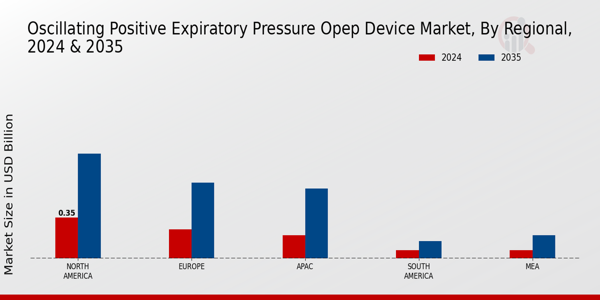
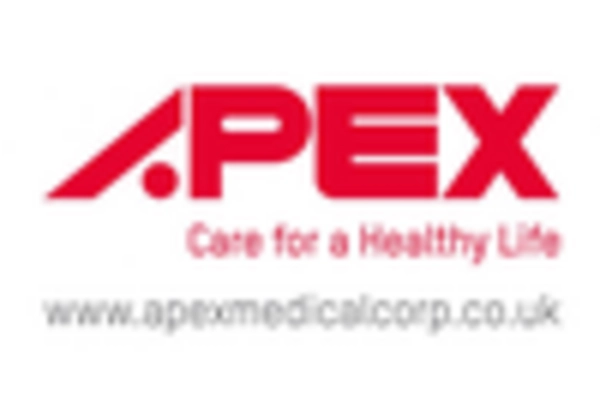
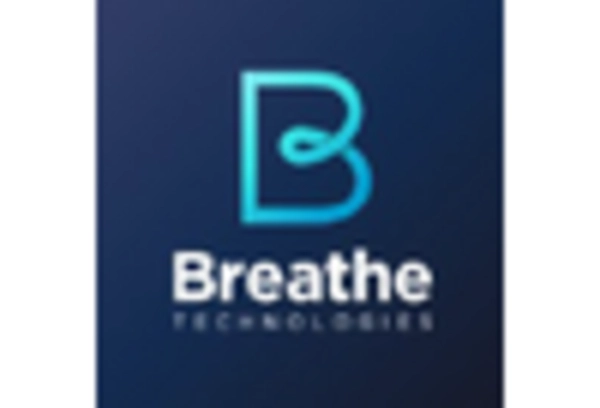



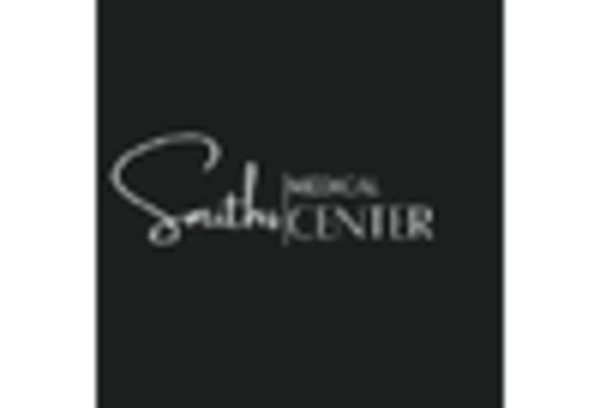








Leave a Comment